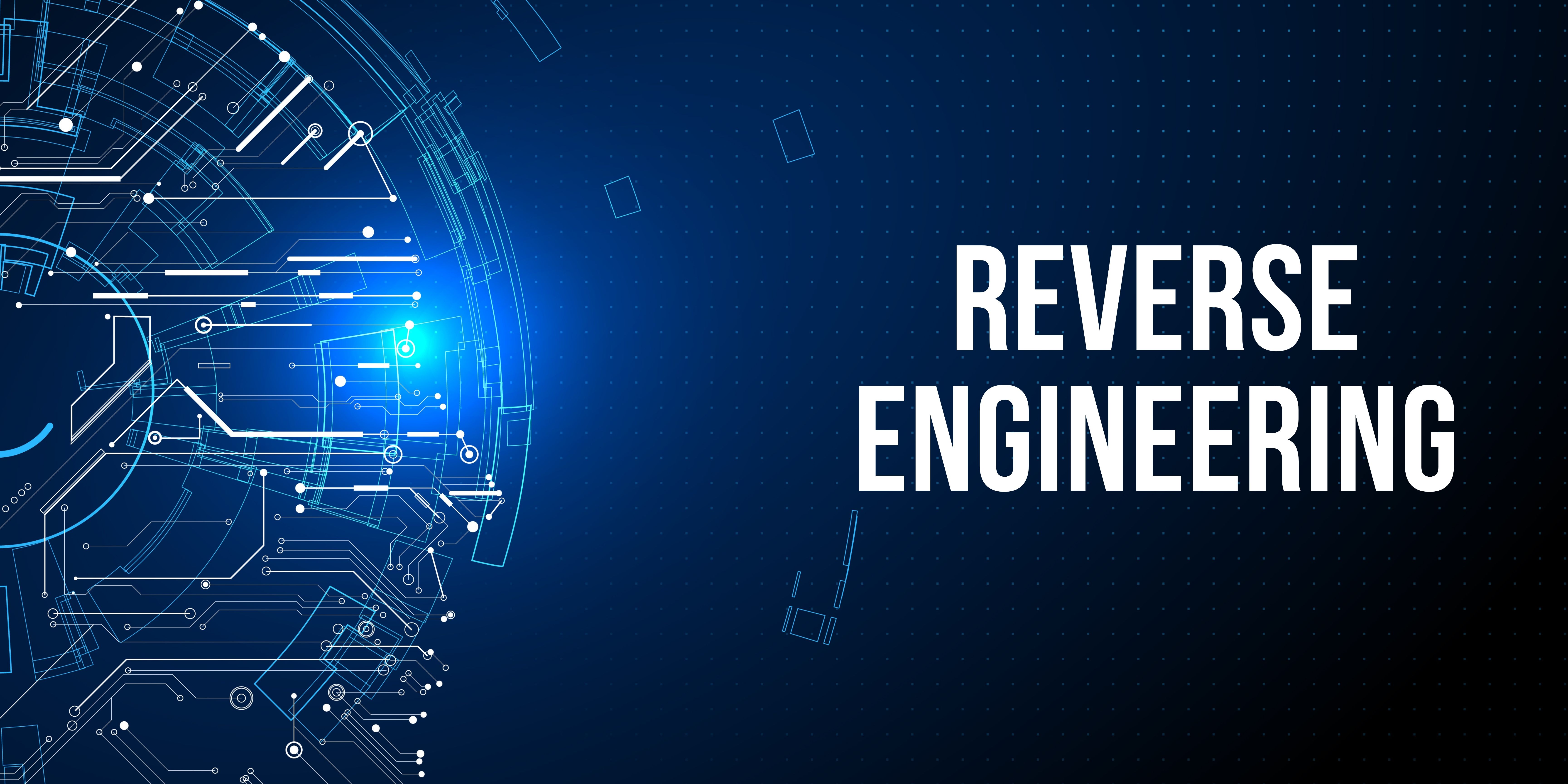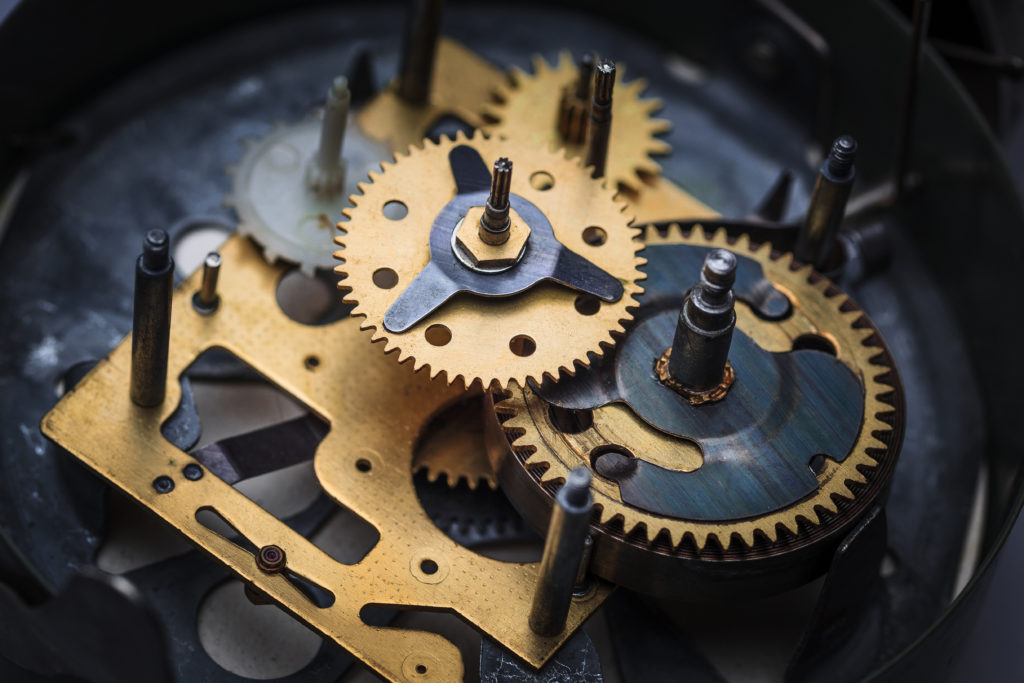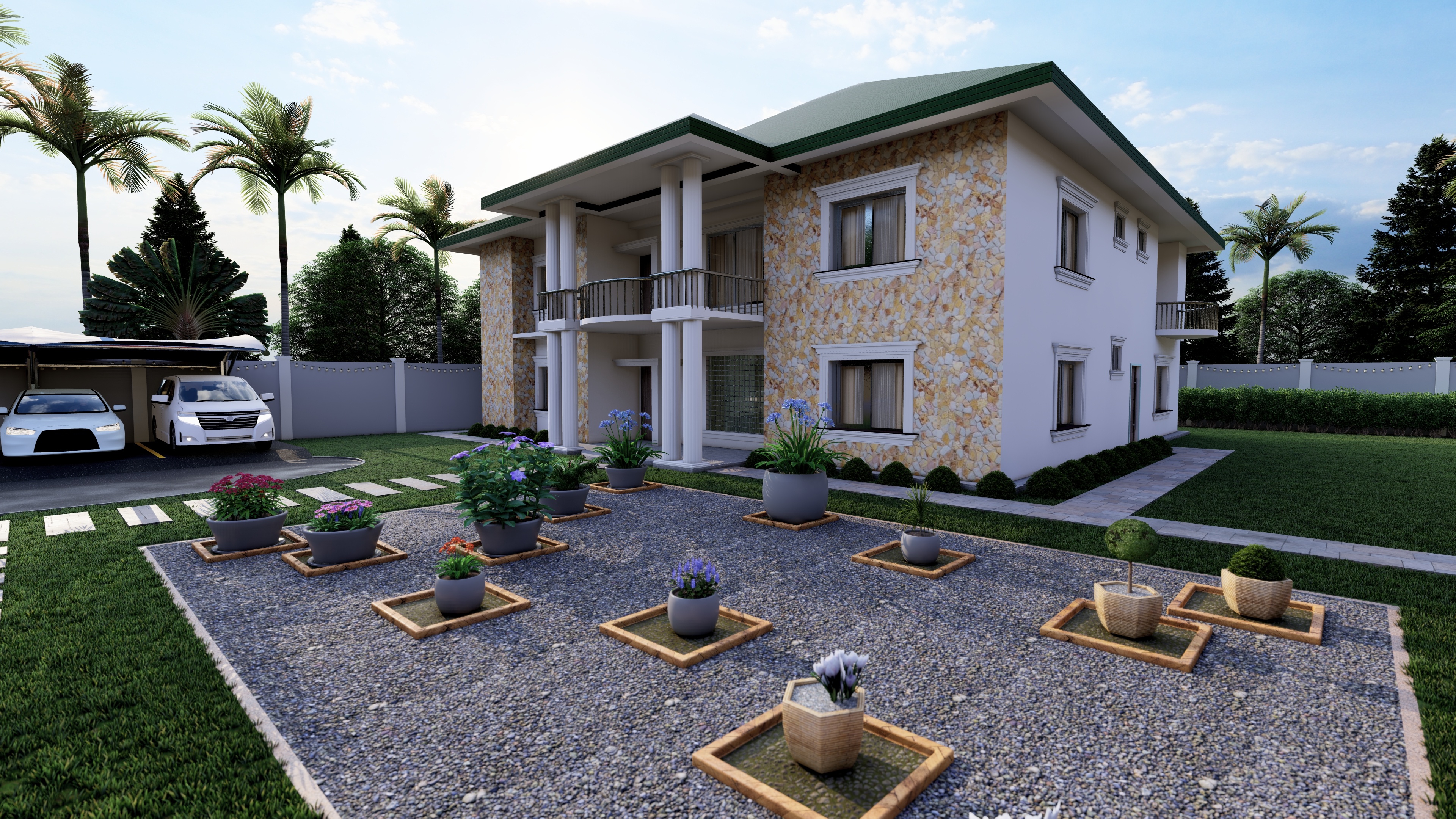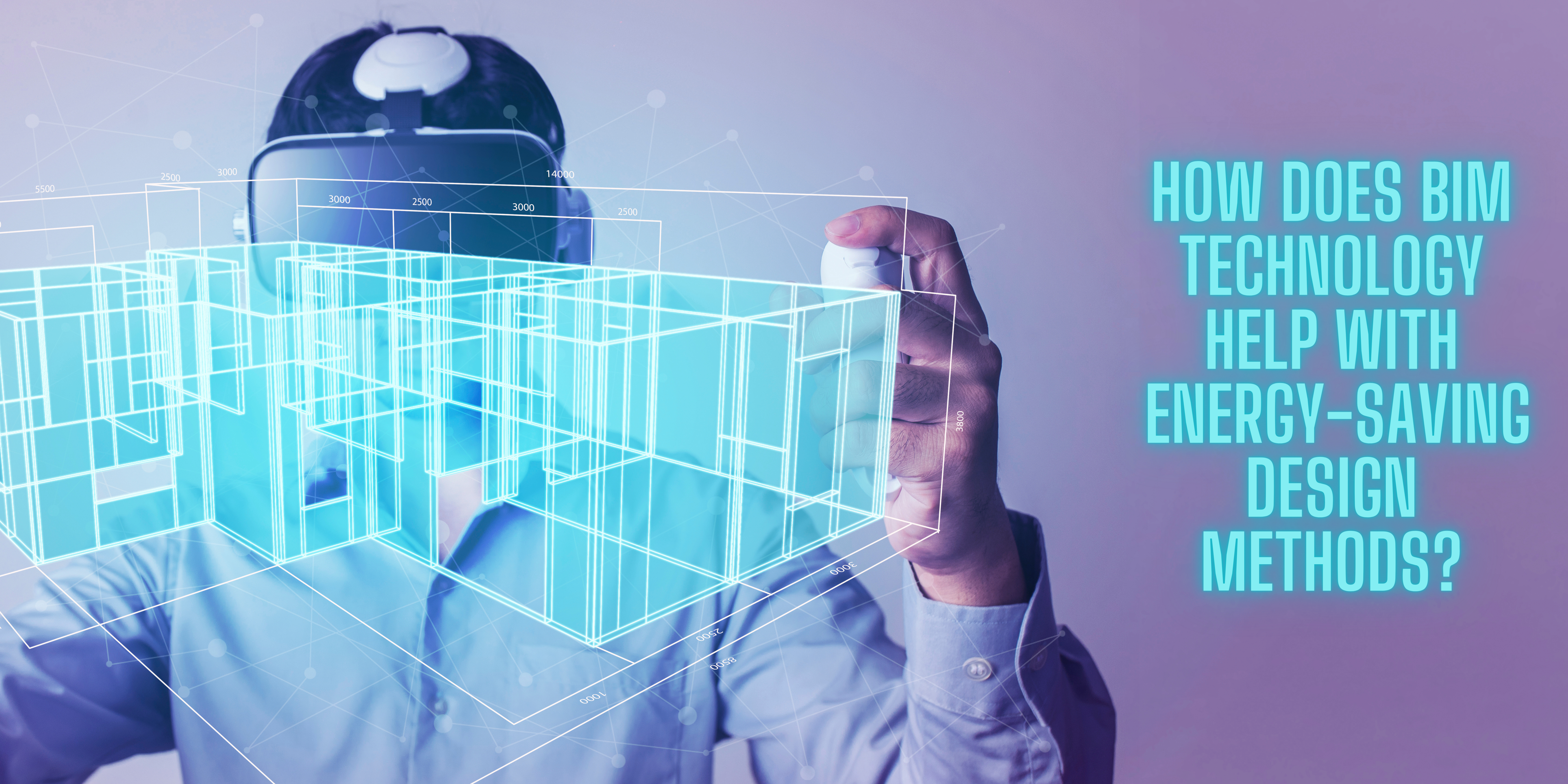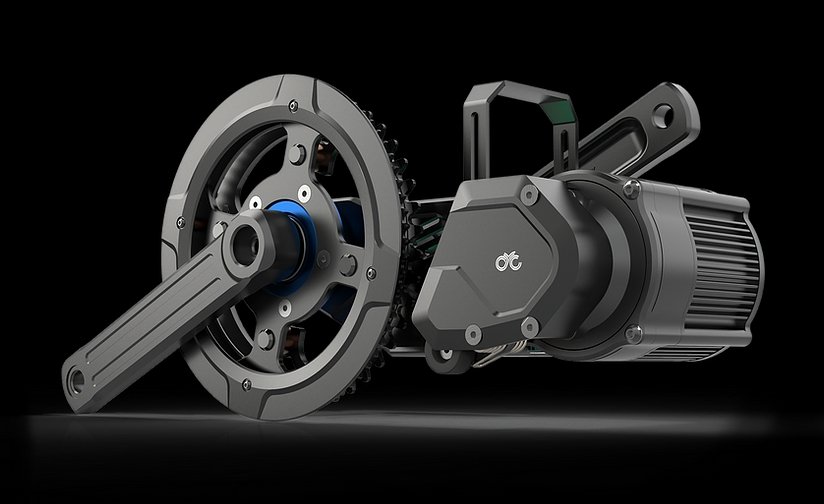Reverse engineering is a process in which software, machines, aircraft, architectural structures, and other products are deconstructed to extract design information. It involves deconstructing individual components of larger products. The reverse engineering process helps in determining how a part was designed. When purchasing a replacement part from an original equipment manufacturer was not an option, companies often use this approach.
Reverse engineering is also called back engineering because it involves working backward through the original design process.
The challenge is to gain a working knowledge of the original design by disassembling the product piece-by-piece or layer-by-layer because of limited knowledge about the engineering methods that went into creating the product.
In some cases, the only way to obtain the design of an original product is through reverse engineering. The original 2D drawings are no longer available for some older products that have not been manufactured for 20 years or more.
As some companies may no longer be in business, there will be no way to contact the original manufacturer, and reverse engineering comes to the rescue.
An organization will acquire an example of the product and take it apart to examine its internal mechanisms for reverse engineering. This way, engineers can unveil information about the original design and construction of the product.
When reverse engineering a mechanical product, engineers will start by analyzing;
- The dimensions and attributes of the product,
- Whether it is an aircraft, ship, vehicle, computer, or
- Piece of industrial machinery.
Engineers make measurements of the widths, lengths, and heights of key components in the product during this analysis because these dimensions will also reveal the product’s performance.
Reverse engineering gives you a virtual copy of the original designer’s blueprint. If you can obtain a working model of an old product, you can easily trace the steps of its design to use those insights and construct a new model, repair a part or improve future products.
Today engineers use 3D scanning technologies to gain accurate readings of the product’s specs and have this information in their databases. 3D scanning technologies include coordinate measuring machines (CMM), industrial computed tomography (CT) scanners, laser scanners, and structured light digitizers.
The reverse engineering approach is commonly used in legacy parts replacement, service or repair of the product’s parts, failure analysis, and problem-solving. After all the applicable information has been gathered, it can be used to create computer-aided design (CAD) drawings for analysis and development.
FAQs
What is reverse engineering?
Reverse engineering is the process of deconstructing a product to understand its design, materials, and functionality. It involves breaking down individual components to uncover how a product was originally designed and constructed
What challenges are associated with reverse engineering?
Challenges include the complexity of dismantling and analyzing intricate components, the lack of original design information, and the potential for limited knowledge about the engineering methods used in the original product.
What are some common applications of reverse engineering?
Common applications include legacy parts replacement, product repair, failure analysis, and design improvements. It helps in recreating parts for outdated machinery, analyzing failures, and enhancing product designs.
How is reverse engineering performed?
The process involves disassembling a product piece-by-piece, analyzing its components, and measuring dimensions. Engineers use 3D scanning technologies like laser scanners and CT scanners to capture accurate data for creating detailed models and CAD drawings.
How does CADD Centre ensure its training is up-to-date with industry standards?
CADD Centre continuously updates its training programs to reflect the latest industry practices and technologies. Our instructors are experienced professionals who stay current with advancements in reverse engineering and related fields.
How does reverse engineering support innovation?
Reverse engineering supports innovation by providing insights into existing designs that can be improved upon. It allows engineers to learn from past designs and incorporate those learnings into new and advanced products.
